Category: Pregnancy
-
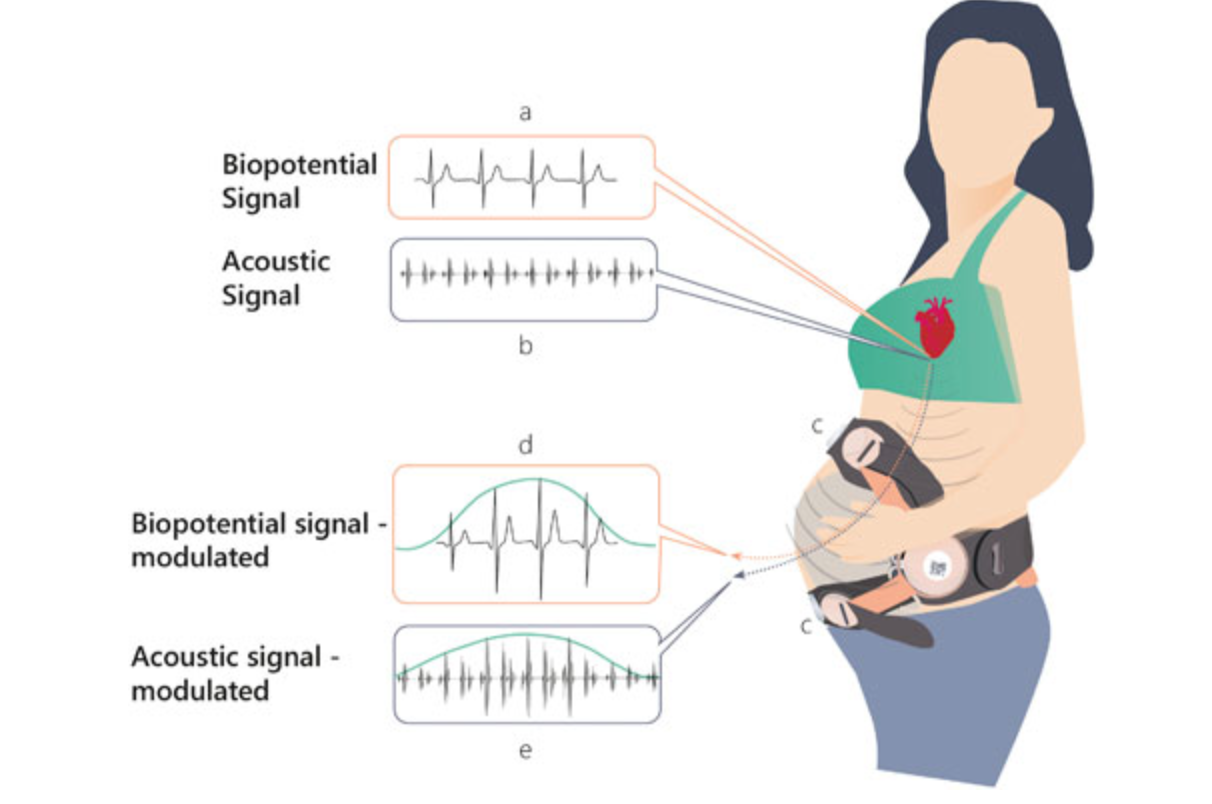
Remote, non-invasive pregnancy monitor tracks uterine activity
Uterine activity monitoring is essential to pregnancy management. Current methods are either invasive, or their accuracy is compromised by obesity, maternal movements, or belt positioning. Pregnancy-monitoring company Nuvo has published a study showing that their cardiac-derived algorithm for uterine monitoring was more accurate than TOCO standard of care in 150 patients. This remote, non-invasive detection…
-
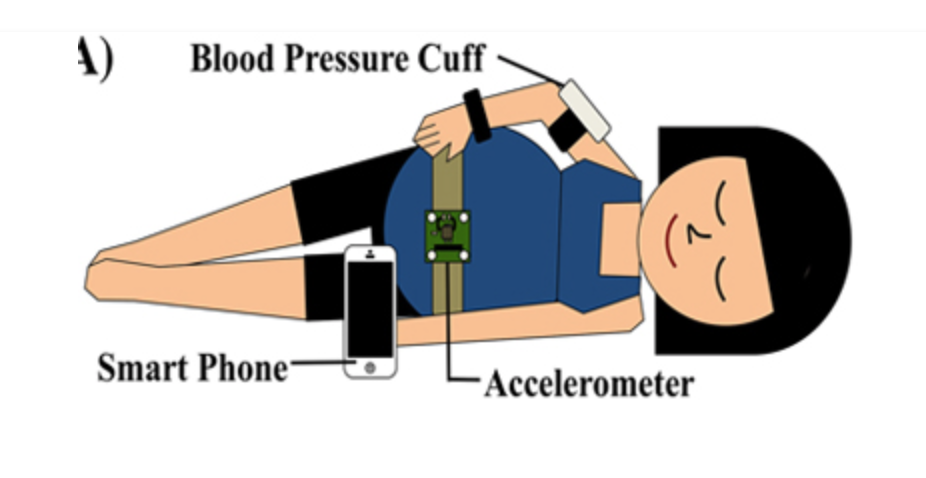
BP cuff + accelerometer detect early preeclampsia
Purdue’s Craig Goergen has developed a sensor-based supine pressor test to detect preeclampsia. The technology measures and notes the difference between a pregnant woman’s diastolic blood pressure while in two different positions, using a BP wrist cuff and accelerometer on the stomach. The two devices are connected to an app which guides the wearer, and…
-
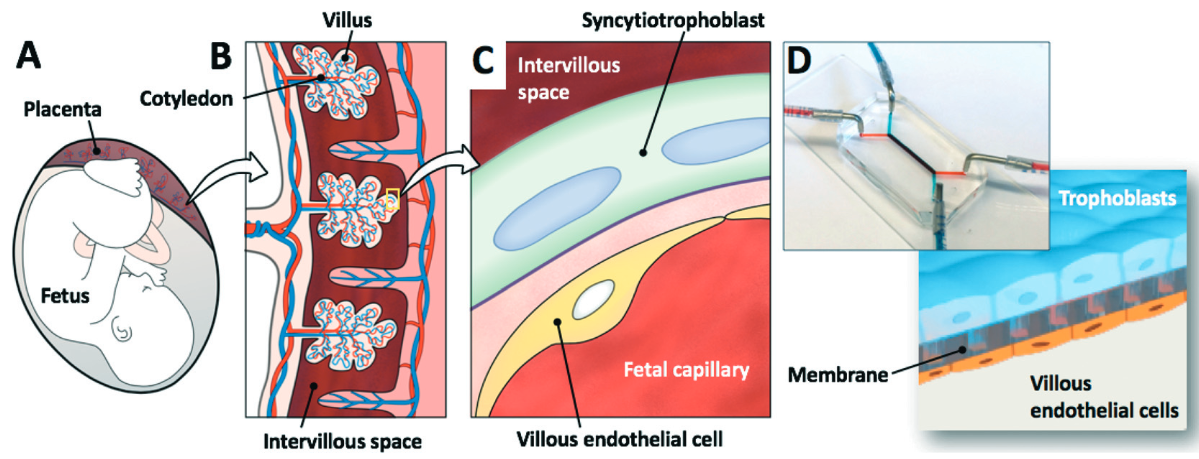
“Placenta on a chip” to study pre-term birth
Penn researchers have developed a “placenta-on-a-chip” to model the transport of nutrients across the placental barrier. It will be used in studies to identify causes of and prevention methods for dangerous preterm birth. (Lungs, intestines, and eyes “on chips” are similarly being used for research.) The underlying mechanisms of pre-term birth studies currently rely on…
-
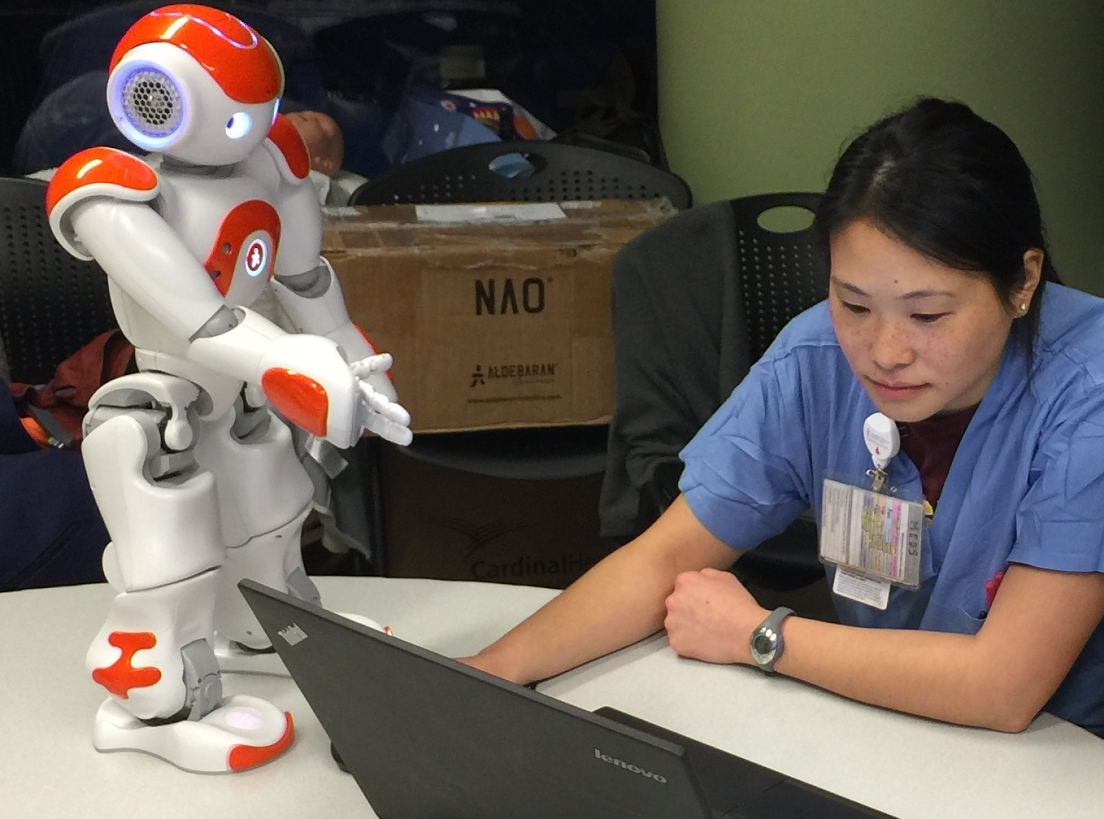
AI robot learns ward procedures, advises nurses
Julie Shah and MIT CSAIL colleagues have developed a robot to assist labor nurses. The AI driven assistant learns how the unit works from people, and is then able to make care recommendations, including scheduling and patient movement. Labor nurses attempt to predict the arrival and length of labor, and which patients will require a…
-

Wireless monitor tracks contractions, fetal heart rate
TrueLabor is a wireless monitor that measures uterine contractions and fetal heart rate throughout all stages of pregnancy and labor. It’s creator, OB-Tools, claims that it can distinguish between true and false contractions, and is not affected by movement. A uterine monitor measures electrical activity via surface EMG electrodes attached to the abdomen. An algorithm generates a wave…
-

Smartphone fluid sensors to detect pregnancy, STDs, diabetes
Kort Bremer and Bernhard Roth at the Hanover Centre for Optical Technologies are developing lab-on-a-chip devices for smartphones to monitor blood, urine, saliva, sweat or breath. This could enable phone based detection and monitoring of pregnancy, STDs, or diabetes, among other applications. The surface plasmon resonance sensors detect biomolecular interactions when polarized light strikes an electrically conducting surface…
-

Smartphone blood test detects HIV, Syphilis
Columbia bioengineering professor Samuel K. Sia has developed a cheap smartphone dongle that can detect three infectious disease markers from a finger prick of blood in 15 minutes. The device replicates mechanical, optical, and electronic functions of a lab based blood test. It performs an enzyme-linked immunosorbent assay without requiring stored energy, as power is drawn from…
-
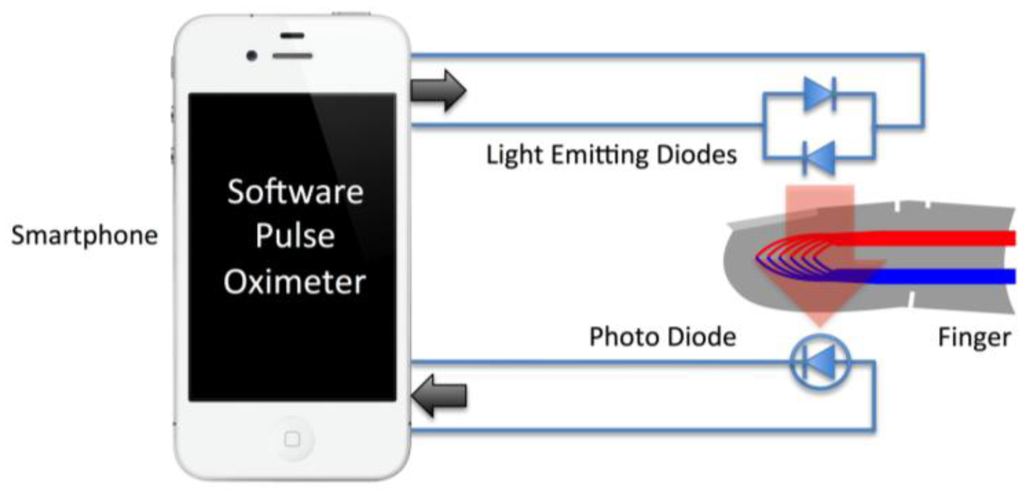
Phone pulse oximeter detects preeclampsia, pneumonia
Christian Petersen and colleagues at the University of British Columbia have developed a low cost smartphone pulse oximeter. Its light sensor attaches to a user’s fingertip to measure blood oxygen levels. Software analyzes and simply displays the data on a phone, tablet or computer. The phone oximeter can measure heart and respiration rates, and be used…
-

Human body simulation for health research
The Virtual Physiological Human project is a computer simulated replica of the human body that is being created to test drugs and treatments. It will allow physicians to model the mechanical, physical and biochemical functions of the body as a single complex system rather than as a collection of organs. The goal is to offer personalized treatment…
-
Algorithm determines embryo quality in IVF procedures
http://pc2013.afeka.ac.il/files/assets/basic-html/page238.html Researchers from Tel Aviv’s Afeka College of Engineering and Sourasky Medical Center have developed software to find the best embryos for IVF procedures. Their algorithm uses Matlab to process microscopic pictures to choose the highest quality fertilized egg. Today embryologists use a microscope to find the best embryos, which five days later are inserted…
-
Mobile monitors for expectant mothers
http://www.fiercemobilehealthcare.com/special-reports/mobile-monitors-expectant-mothers AirStrip OB is a mobile patient monitoring solution for women in labor. The system, developed by San-Antonio-based AirStrip Technologies, captures vital patient waveform data, including fetal heart tracing and maternal contraction patterns, in “virtual real time” and sends it to a physician’s mobile device.